SINGAPORE: Since the start of 2025, a string of high-profile plane crashes, particularly in North America, has spooked air travellers.
First was the horrific mid-air collision between a US Air Force Blackhawk helicopter and an American Airlines Bombardier jet in Washington DC on Jan 29, which killed 67 people.
Next was the crash of a Delta Air Lines aircraft, another Bombardier jet, which flipped over on landing at Toronto Pearson airport in Canada on Feb 17, with its right wing completely detached. Eighteen were injured.
On Mar 13, an American Airlines Boeing jet caught fire after landing in Denver. The plane was diverted from its intended destination of Dallas after crew members reported engine vibrations. Thankfully, everyone on board the aircraft evacuated safely.
There have been 94 aviation accidents in the United States in the first two months of 2025 – 63 in January and 31 in February – according to US government agency National Transportation Safety Board (NTSB), a government department responsible for air transport accidents.
These are undoubtedly high numbers, especially so early in the year, prompting many to question why. Are these accidents merely a statistical anomaly or are there underlying systemic issues?
FLYING STILL THE SAFEST MODE OF TRANSPORT
While these incidents are tragic, there is not enough data to indicate a wider safety problem. Indeed, flying remains the safest mode of transportation.
The International Air Transport Association (IATA), a trade body representing 349 airlines from 120 countries, recently released its 2024 annual safety report, which showed seven fatal accidents for 40.6 million flights.
Willie Walsh, IATA’s director-general, said: “Even with recent high-profile accidents, it is important to remember that accidents are extremely rare. The long-term story of aviation safety is one of continuous improvement.”
OAG, a UK-based travel data provider, concurred.
It noted that the top eight carriers in the US operated 8.2 million flights in 2024, with American Airlines mounting 5,949 flights daily. Prior to the Washington crash, no US commercial airline had posted a fatal accident since 2009.
That being said, the IATA report acknowledged the fatality risk has doubled, from 0.03 in 2023 to 0.06 in 2024. Global aviation fatalities tripled from 72 in 2023 to 244 in 2024. Moreover, these figures do not include air crashes in warzones, such as the downing of an Azerbaijan Airlines plane on Dec 25, 2024, killing 38.
COVID-19 HANGOVER
Some observers raise the possibility that the rebound in travel after COVID-19 has led to safety lapses.
COVID-19 completely upended and transformed airlines. Recovery varies from airline to airline, with many not yet reaching pre-pandemic capacity.
There are lingering effects of the disruption caused by the pandemic, such as a shortage of pilots and air traffic controllers, and defective aircraft that have been parked for a considerable period.
Experts also raised concerns like the loss of familiarity with safety processes as a result of operating environment changes, cost-cutting exercises that have led to losses in specialised personnel, and an erosion in safety culture.
The weakening focus on safety is becoming more apparent today, even in highly developed nations with a solid record like Japan.
Two pilots from Japan Airlines (JAL) were reportedly suspended for excessive drinking before a flight from Melbourne to Tokyo in December 2024, and then lying about it. It was not clear if JAL had sacked both pilots.
This is not the first time JAL’s pilots have breached safety rules. In 2018, a JAL pilot was arrested in England before a flight for being almost 10 times over the legal blood alcohol limit.
JAL is not alone in grappling to stay clean. Many other airlines, both budget and premium, are struggling to maintain a positive image.
Recently, two Malaysia Airlines (MAS) planes experienced engine issues. A flight from Manila to Kuala Lumpur was forced back to the Philippine capital shortly after takeoff. Days later, another MAS jet originating from Jakarta made an emergency landing at Kuala Lumpur International Airport.
It is unclear what caused the technical problems involving the two Boeing aircraft but investigations are underway. Last year, MAS dealt with 181 return to chock (RTC) and 18 aircraft turnback (ATB) incidents, according to Malaysia’s transport ministry.
RTC refers to the plane being instructed to return to its parking position due to issues before takeoff while ATB means the plane returning to its original airport after departing.
AIRPLANE MAKERS UNDER SCRUTINY
Airplane makers, too, are being scrutinised.
In October 2024, the US Federal Aviation Administration said it would review Boeing’s compliance with safety regulations – not driven by any specific event, but as part of the agency's oversight of safety culture at the aerospace company.
This followed a horrific incident in January 2024, when a fuselage panel of a brand new Alaska Airlines 737 Max blew off mid-air.
Additionally, the increasing use of artificial intelligence – while offering greater reliability and efficiency – presents new risks. For instance, AI systems may face difficulties in providing flight navigation when faced with unpredictable, inclement weather patterns.
Maintaining high safety standards in aviation requires not just discipline but investment from governments and the industry. Each air accident warrants its own investigation to ascertain the cause.
Aviation crashes typically are not the result of a single error, but are caused by a confluence of issues. What these recent disasters tell us is that every link in the chain, from plane designers to technicians to pilots to controllers that guide aircraft, need to operate seamlessly.
Continuous monitoring and timely interventions go a long way in retaining public confidence as well as ensuring the safety of everyone on board.
Shukor Yusof is the founder of Endau Analytics, an independent aviation advisory firm based in Singapore.

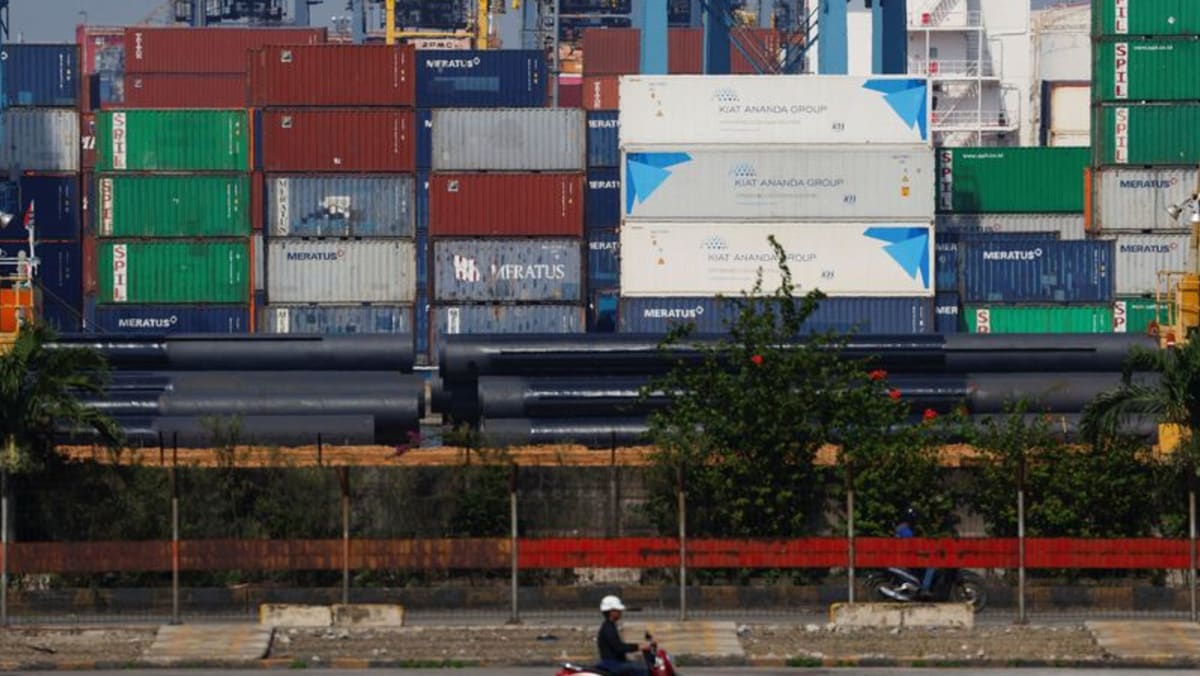

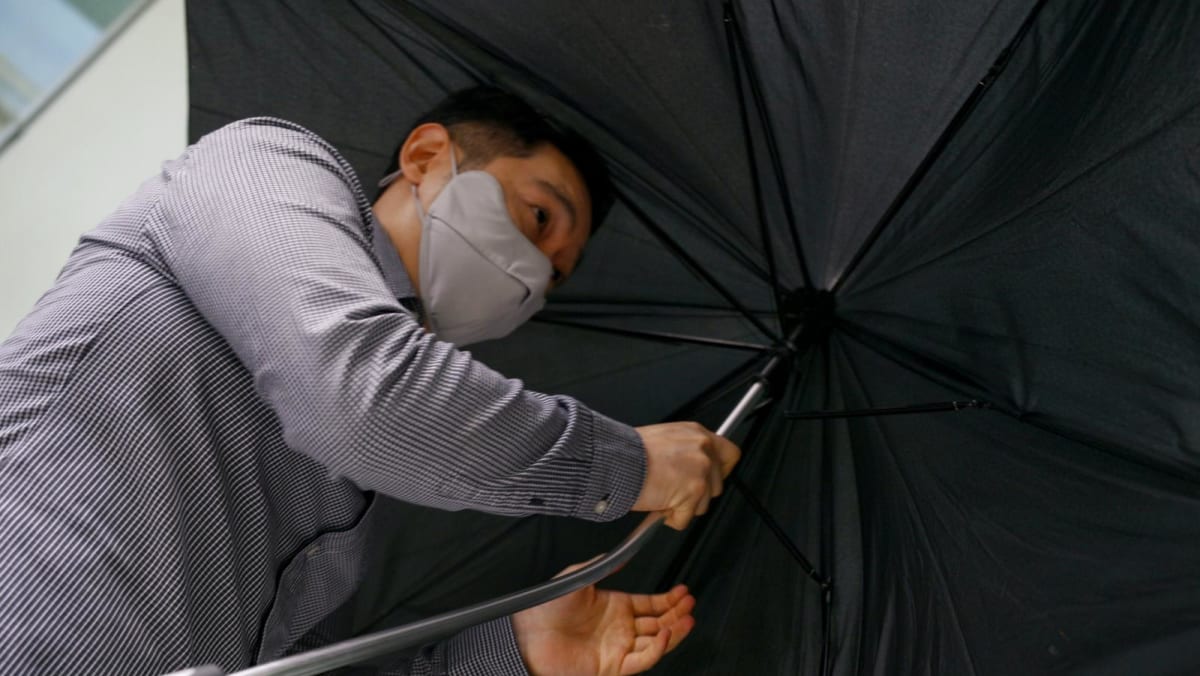




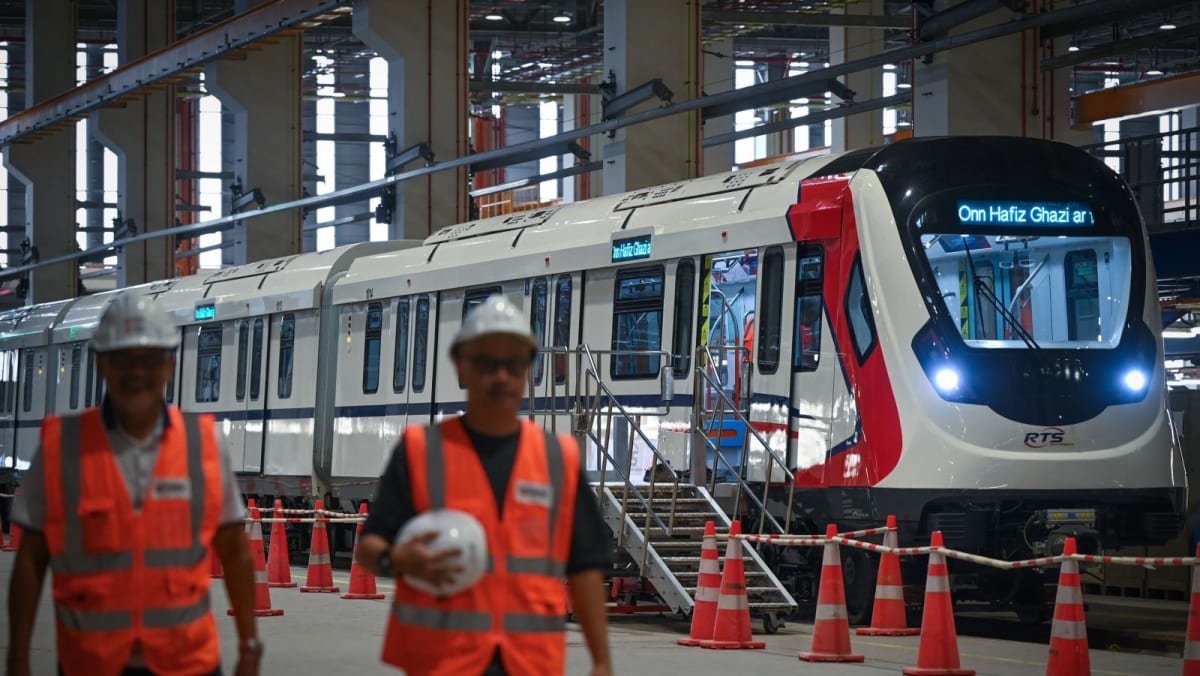




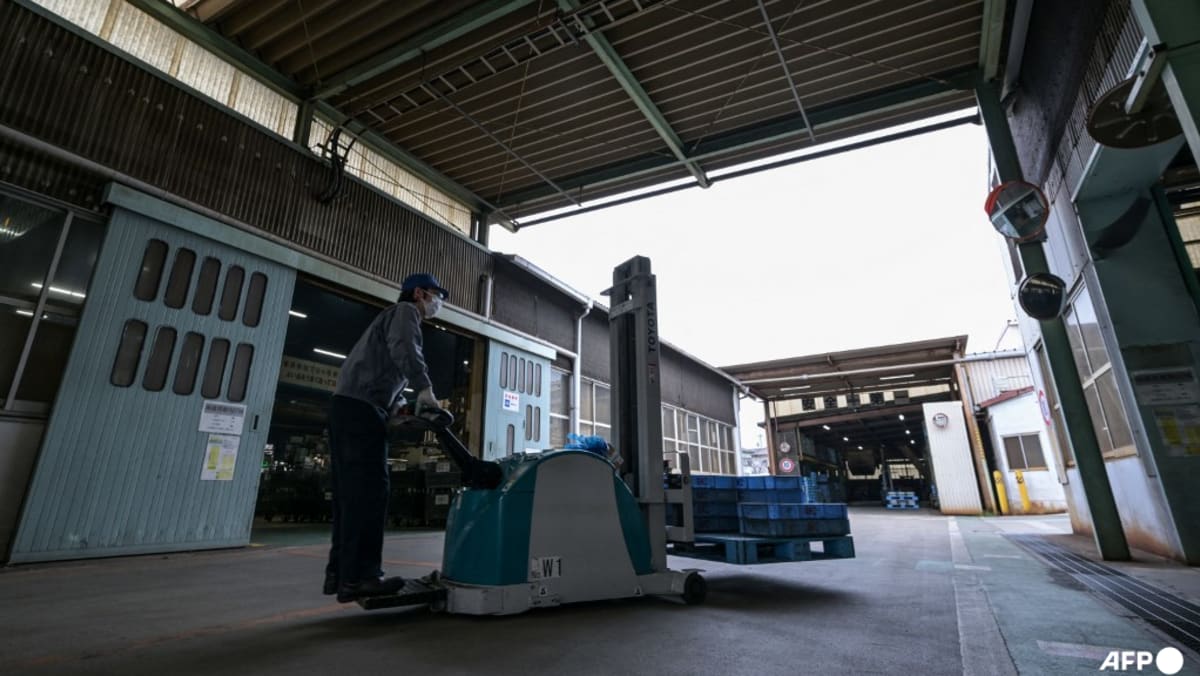

























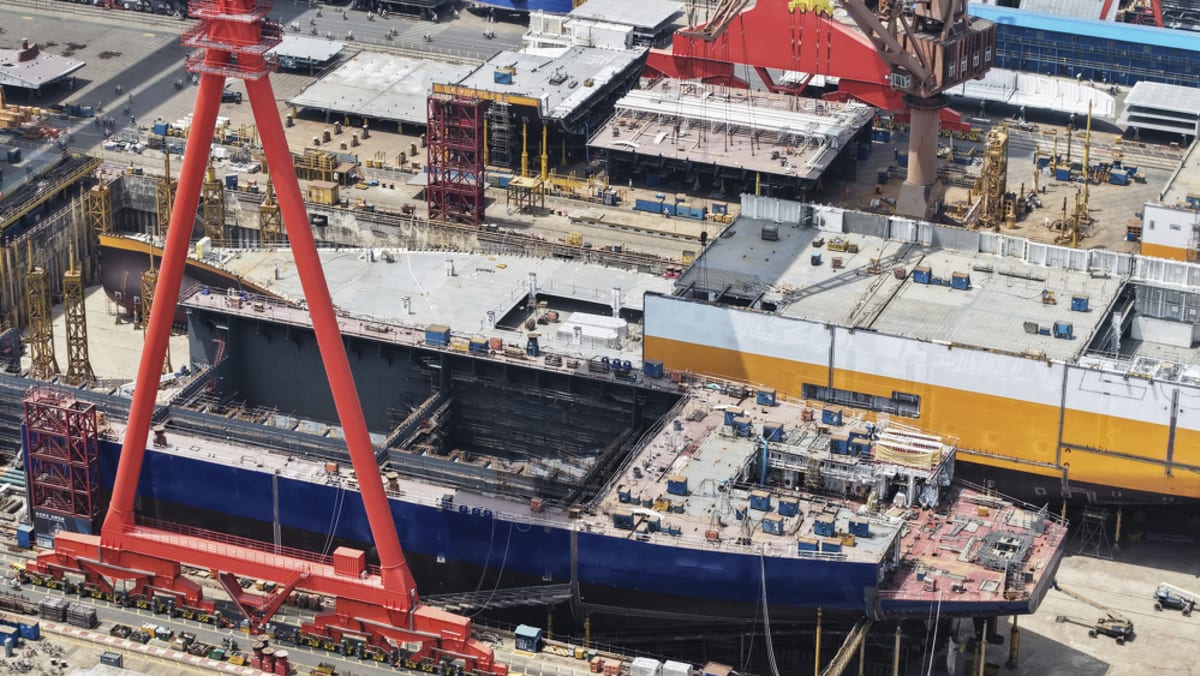









.png?itok=erLSagvf)
